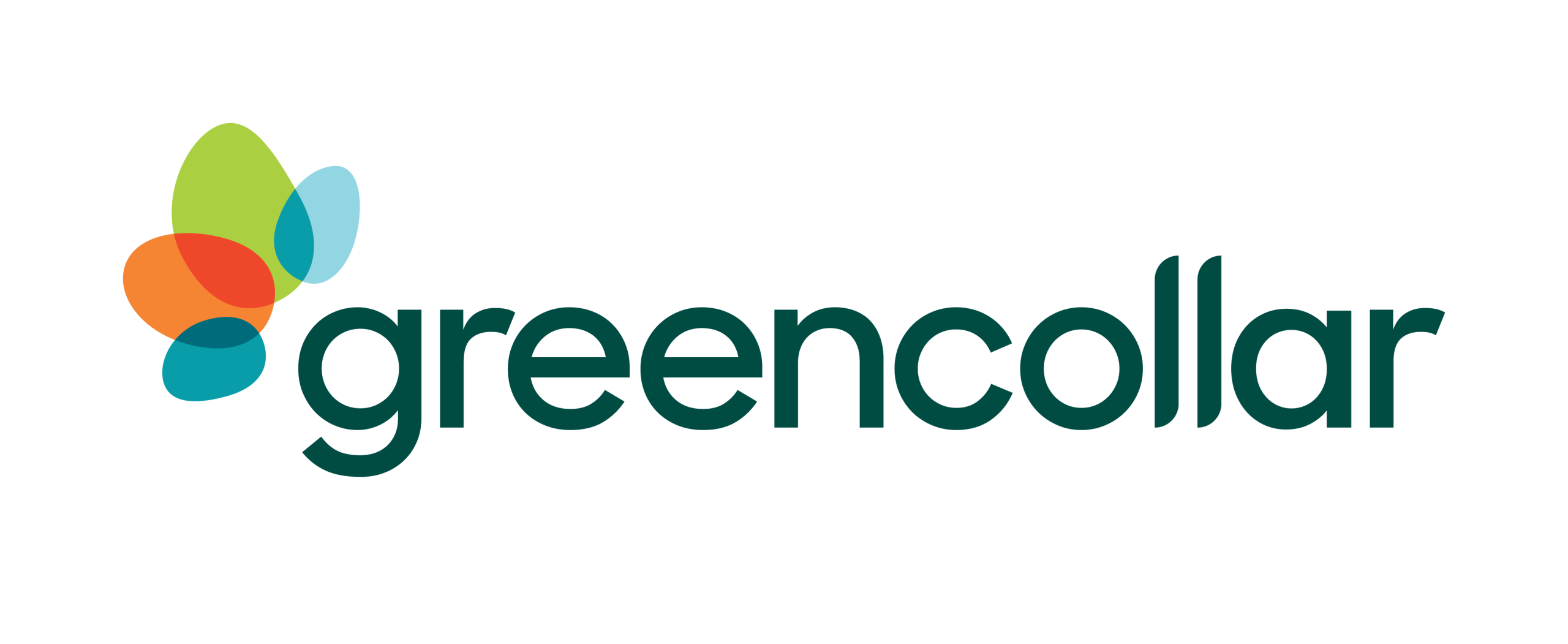With our first batch of Australian-based Plastic Credits poised for release, Plastic Credits are now available for purchase. What are they – and how do they help people and the planet? We explore the ins and outs of this environmental market below.
The problem with plastic
Plastic pollution is one of the planet’s greatest environmental challenges, with around 400 million metric tonnes of plastic produced annually. Roughly 8 million metric tonnes end up in our oceans each year, wreaking havoc on entire ecosystems.
Marine species can ingest or become ensnared in plastic waste, with 1 million sea birds and around 100,000 marine mammals killed by plastic each year. The material also absorbs or attaches easily to pollutants, dispersed by strong currents throughout the world’s oceans. The Great Pacific Garbage Patch – the largest site of accumulated ocean plastic in the world – spans an area triple the size of France.
With all that in mind, to say that our planet has a problem with plastic can feel like a massive understatement. That’s where Plastic Credits come in. Recently approved by Verra, the Washington DC-based not-for-profit that develops and manages global environmental standards, these market-based units are finally available for purchase and are a viable investment and solution to plastic pollution. Here’s what you need to know.
What are Plastic Credits?
A Plastic Credit is an auditable unit of plastic reduction: ie. a measurable amount of plastic either collected from the environment, or recycled into a new product.
Plastic Credits can be purchased by companies who have exhausted all other avenues for reducing their plastic use (for example, by switching to more sustainable packaging) to mitigate the final portion of their plastic footprint. Businesses looking to remove plastic waste from the environment at scale can also earn and sell Plastic Credits on the plastic offsets market.
How are Plastic Credits measured?
For businesses seeking to buy Plastic Credits, the volume of Credits purchased is based on the size of the company’s plastic footprint. These companies can achieve their plastic reduction targets by calculating their plastic footprint, reducing that footprint and purchasing a weight of Plastic Credits (measured in tonnes) equivalent to the weight of plastic they are unable to directly reduce.
While Plastic Credits are measured by weight, they are further distinguished into ‘collection’ and ‘recycling’ units based on the method of plastic waste removal.
Collection represents the environmental service of recovering one tonne of waste from the environment and directing it to an appropriate final destination such as secure landfill, mechanical or chemical recycling, or energy recovery. Recycling represents the environmental service of converting that tonne of plastic into a useful new product.
The number of Plastic Credits issued is based on how much plastic has been collected or recycled above the amount that would have been collected or recycled had the project not taken place. (Which is to say, Verra only counts how much plastic has been reduced or removed above what’s known as the “baseline rate”. Businesses can’t claim credit for reduction that would have happened anyway).

What is the new Plastic Waste Reduction Standard?
The Plastic Waste Reduction Standard is the market mechanism established to incentivise this offsetting and increase plastic collection and recycling globally. (It also sets out the rules and requirements a project needs to follow in order to be certified.)
Plastic Credits form a new ‘currency’ for what is well-known as the 3R Initiative. The 3Rs represent the goals of the enterprise – to Reduce, Recover and Recycle plastics worldwide through a crediting scheme and regulated corporate targets.
Developed by Verra and fellow non-profit BVRio – with the backing of major food packaging companies including Danone, Tetra Pak and Nestle – the Standard enables companies to measure their waste recovery efforts and monitor their plastic footprint through a streamlined, quantifiable and widely-recognised global standard. It’s a welcome initiative that provides a framework to validate, credit and finance waste recycling and recovery projects that tackle this pervasive environmental problem head-on.
Click here to learn more about GreenCollar’s part in this ground-breaking new initiative or click here to register interest in purchasing these Australian-first credits.








